
By John Helmer, Moscow
The International Trade Administration (ITA) of the US Department of Commerce has revealed that the new reference prices it set early this month for imports to the US of Russian-made rolled steel products will rise by 47% over the prevailing regime. However, the US evidence suggests the impact on Russian exporters will be slight.
According to Mara Lee, a spokesman for ITA, through September 30 just 257,445 tonnes of Russian hot-rolled steel subject to the reference pricing were imported, at a value of $168 million. That represents an average landed price of $652.55 per tonne. The spokesman said her agency will not speculate on what impact the hike in the reference prices will have on the volume of Russian shipments after the new price controls take effect on November 15. But depending on the category of the steel product and the US demand, there remains enough margin in the new pricing to allow some Russian exports to squeak through. At the same time, most of the surge of Russian steel sales to the US over the past two years has come in the form of semi-finished products, and they aren’t affected at all by the price controls.
The story of the US trade protection action began more than a year ago, on August 1, 2011, with a complaint of Russian steel dumping filed in Washington by US steelmaker Nucor. ITA and the Department of Commerce then spent nine months studying the evidence before issuing preliminary findings. Weeks of negotiations between the two governments followed, before the two sides reached the deal spelled out here.
The Russian and US negotiators, Andrei Likhachev, Deputy Minister of Economic Development, and Ronald Lorentzen, Deputy Assistant Secretary for Import Administration, initialled terms of agreement which were finalized after a comment period expired on November 23. The result, reported in the 11-page ITA report issued on November 15, is that the “reference price mechanism, in its current form, was no longer preventing price undercutting by Russian imports of hot-rolled steel into the U.S. market, and, as a result, also… that the Suspension Agreement was no longer fulfilling its statutory requirement. The record evidence indicated that the adjustments made quarterly within the Suspension Agreement’s current reference price mechanism have failed to keep pace with changes in U.S. prices.”
There was no violation of the steel trade agreements in force by the Russian government, ITA has concluded. The US and Russian governments have now agreed to setting higher reference prices in order to bring the trade “back into alignment with [the US] statutory requirement to prevent the undercutting of domestic price levels for hot-rolled steel.” The new reference prices applicable to fourth-quarter trade are $601.75 per tonne for 12 grades of “commercial and structural quality” flat $661.92 for tonne for another 12 grades of HSLA and HSLA-F quality steel; and $770.24/t for three grades of “high grade coils and sheets for pipes and casinos.”
The previous reference prices were $409.01, $449.05, and $522.10, respectively, so the hike amounts to 47.4%.
A Russian Customs source reports his agency’s approximation of the itemization used in the US trade data indicates a total of 227,600 tonnes were exported to the US over the six-month period to June 30 for a declared value of $135.6 million; third-quarter data are not yet available in Moscow. Average declared price, free on board, $596 per tonne. In 2009 according to the Russian data, Russian export volumes of the hot-rolled products were negligible. In 2010, the volume jumped to 150,211 tonnes for $76.5 million. In 2011 volume came to 316,390 tonnes for $219.1 million.
Nucor reported early this year that “competition from foreign steel and steel product producers presents unique challenges for us. Imported steel and steel products often benefit from government subsidies, either directly or indirectly through government-owned enterprises or government-owned or controlled financial institutions.” However, most of the surge of Russian imports to the US, reported in the ITA figures, has been in semi-finished slabs and billets. According to the ITA, and including imports licensed for October and November, the 11-month total from Russia comes to 1.79 million tonnes; the total of semi-finished steel is 1.09 million tonnes, or 61%. Here is the full ITA tabulation.
Having made much fuss over a relatively small fraction of the Russian trade, Nucor’s attorney in the trade review case, Alan Price, declined to comment on this month’s outcome. In its original complaint, Nucor named Severstal as the principal exporter of the steel under review. Nucor also identified Magnitogorsk Metallurgical Combine (MMK), United Metallurgical Company (UMC), Novolipetsk Metallurgical Combine, and Mechel as possible sources for the imports. Questionnaires were sent by ITA to each of the Russian steelmills named.
Russian exporters of semi-finished steel include Evraz and Novolipetsk, which operate steelmills in Washington state and Colorado, Indiana and Pennsylvania; and the UMC which owns a small pipemill in Texas. They say they are unaffected by the latest US Government action. Mechel and MMK are also unaffected.
Severstal appears to be the only Russian exporter affected, but according to spokesman Anastasia Mishanina, the volume is “insignificant on the scale of the whole group, so we do not even include it in a specific statistic.”
The Severstal annual report for 2011 acknowledged the trade restrictions impacting sale of its Russian-made steel to the American market. The report also said that revenue “by delivery destination” in North America came to $3.9 billion; that was up 25% on the year earlier. In the same period sales revenues reported for the Severstal North America division, with mills in Michigan and Mississippi, totalled $3.4 billion. Subtract one from the other, and that appears to reflect Russian-made exports to the US market worth about $500 million. However, spokesman Mishanina says this calculation is incorrect. Assuming that the Russian export and US import data for hot-rolled products refer to Severstal, the 2011 value would not exceed $219.1 million; and for the nine months of this year to September, $168 million. Severstal’s sale revenues for the nine-month period this year total $10.8 billion, so the Russia to US exports amount to just 1.5%.
ITA spokesman Lee did not identify Severstal. “The company-specific source(s) of these imports is not public information,” she said.


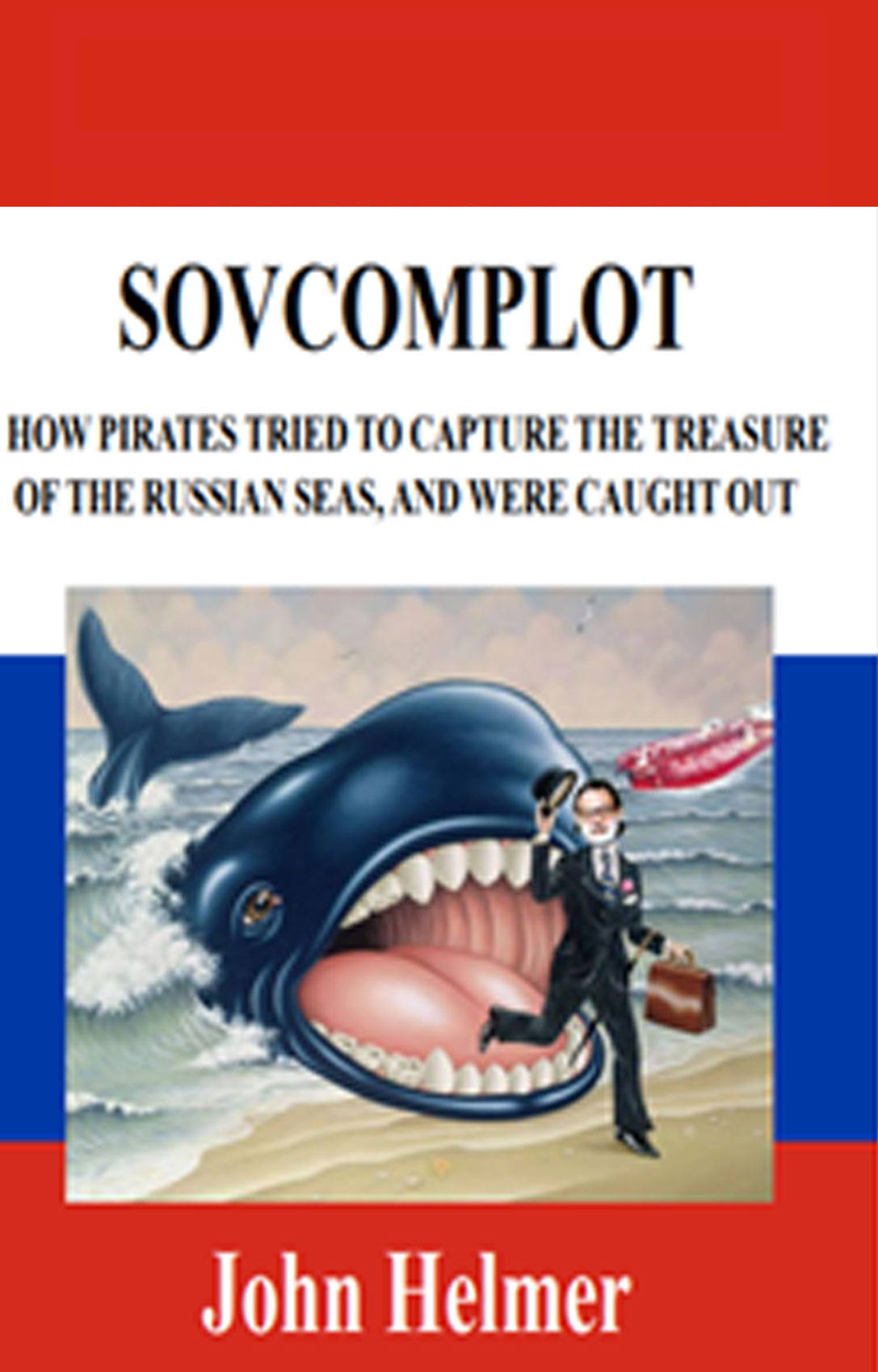


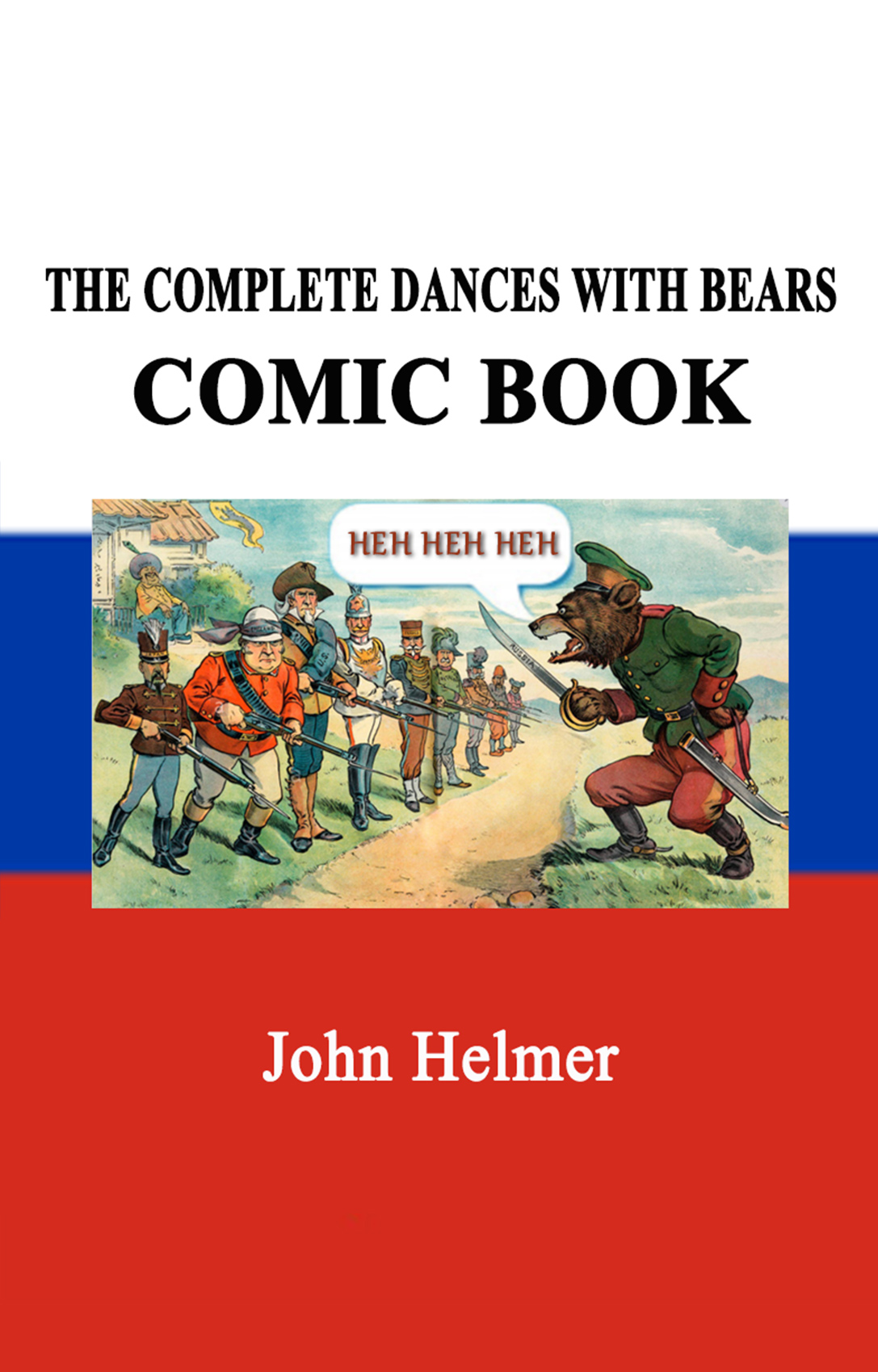
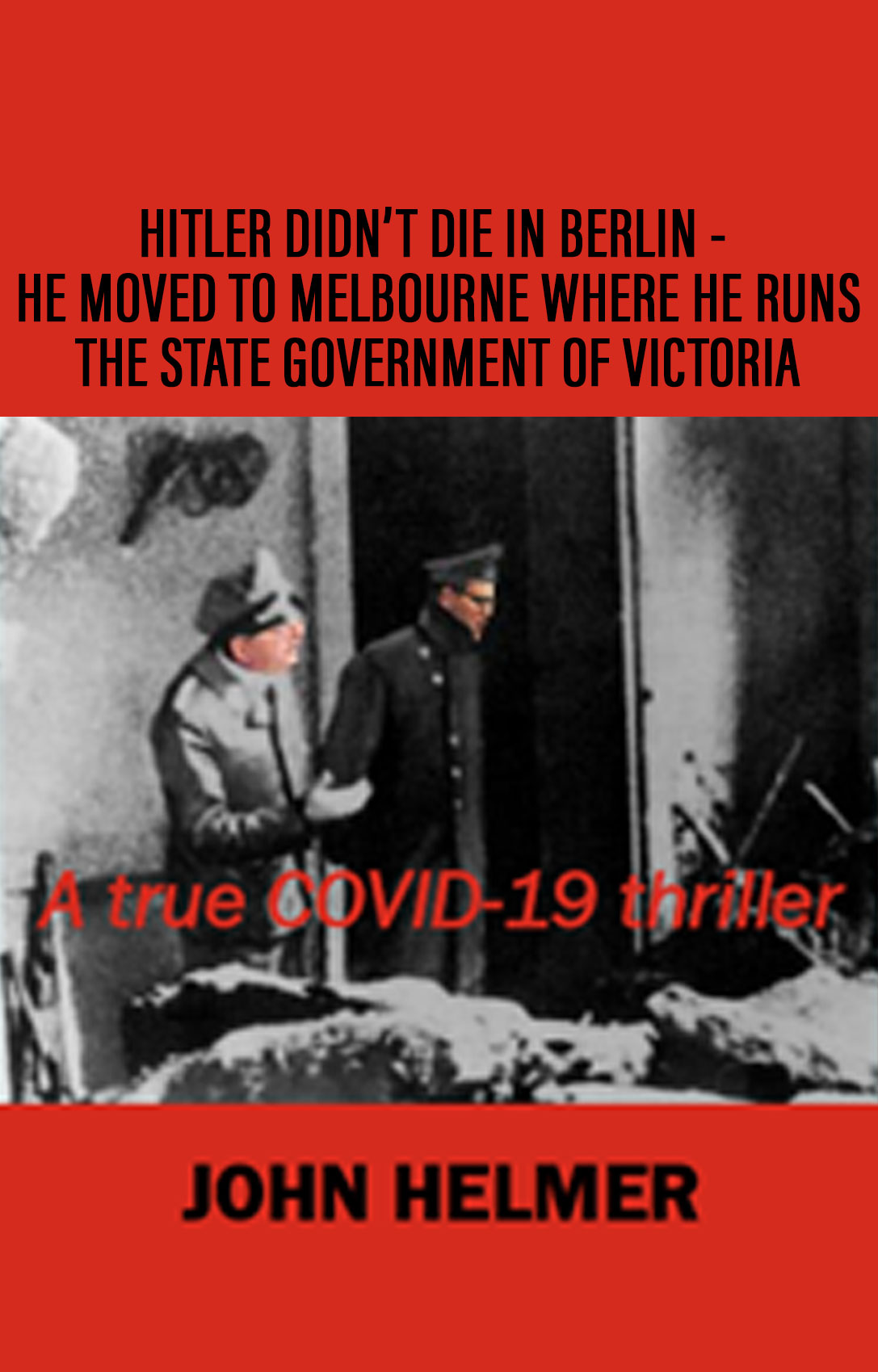
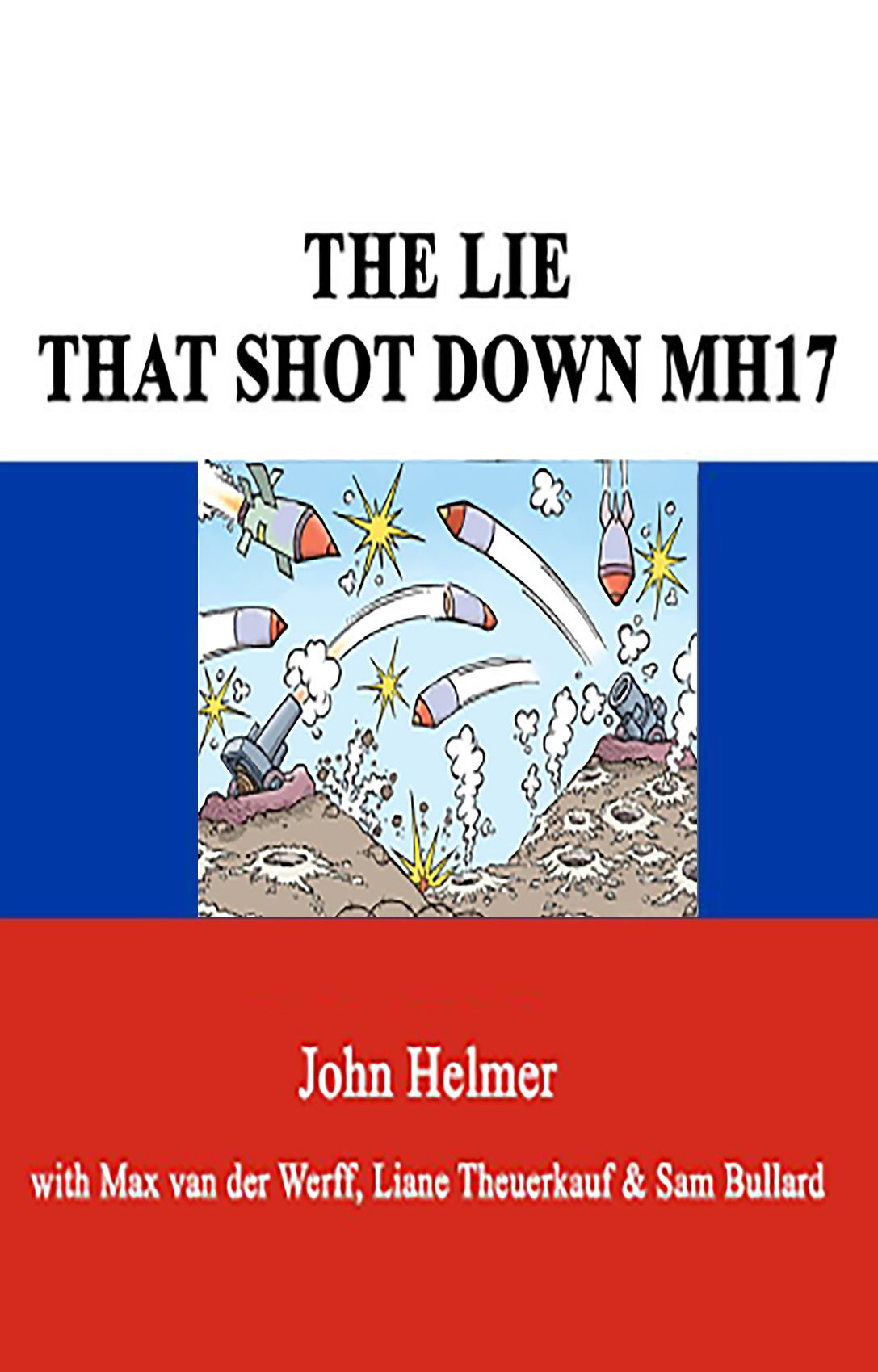
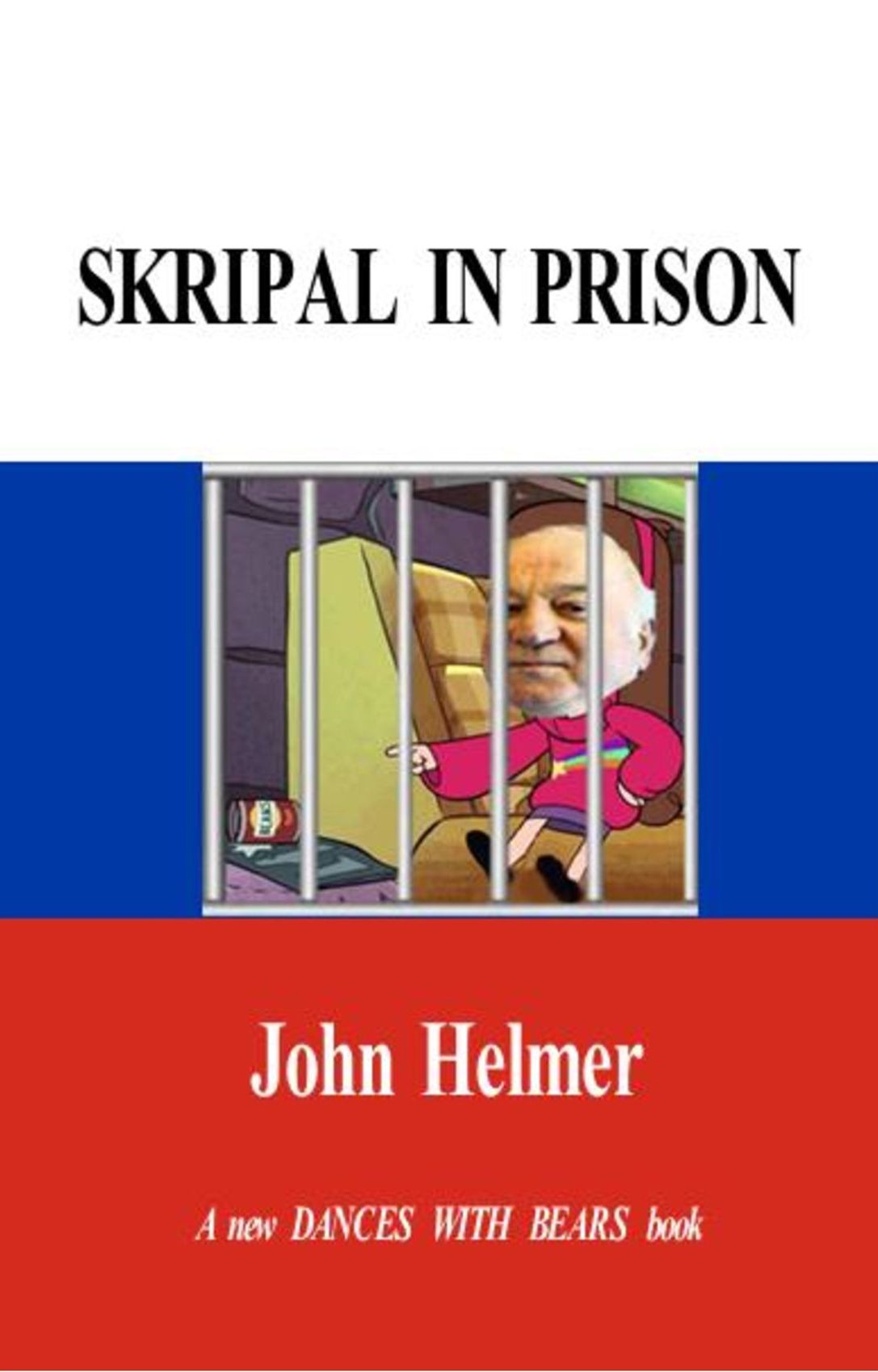
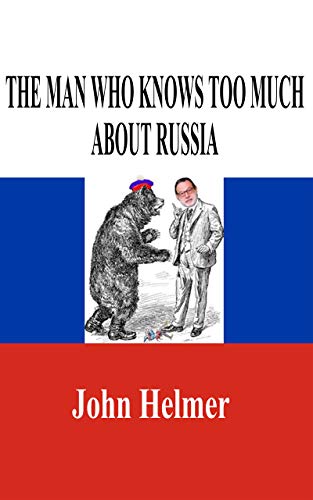
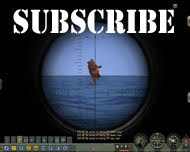
Leave a Reply